Earlier this month, I visited England's most famous and oldest white chalk hillside horse, Uffington White Horse, and Uffington Castle on the same hillside before going to Wayland's Smithy (a long barrow burial tomb). Uffington Castle and White Horse is located on the fringe of the Chilterns in southern England. Both date from the Iron Age, from 300BC to 43AD, just before the Romans arrived. I've visited all of the other English white horses on a "White Horse Grand Tour" many years ago, but I never got to the oldest one here at Uffington as I ran out of time, so this was my first visit to England's oldest visible white chalk horse. Yes, the white horses are cut into the hillside and then lined with bright white chalk so that it can be seen from below, but we are not sure why they have been carved into the hillsides. In addition to a few white horses on the hillsides, there is also a giant man.
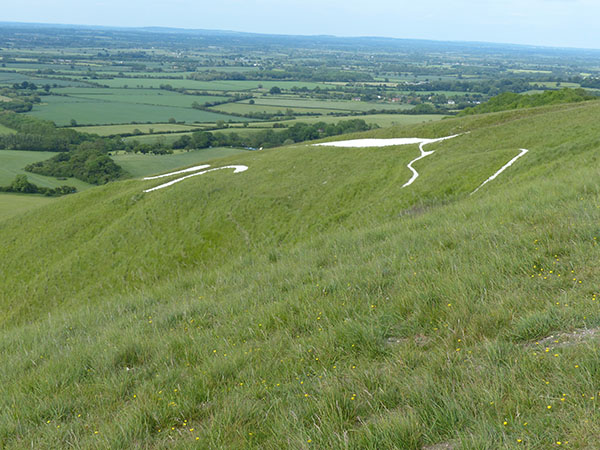
The White Horse is located on top of a hill, but there's actually no great places to stop to see it in all of its glory due to erosion. The horse itself is re-chalked (scoured) every year or so, and it was just completed earlier this spring, so it does stand out, but the way that the hillside has fallen and eroded has meant that it's impossible to get a photograph of it unless you take it from the sky.
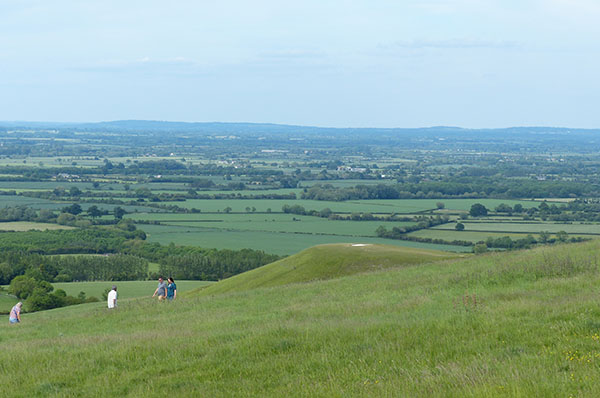
One way to view the white horse is to climb up the hill to see it close up. On the way up the hill, the views are impressive. One structure that stands out below and toward the bottom of the hill; it is a small hill with a plateau on top and is known as Dragon Hill. According to legend, this spot with the bare mark on top of the hill is where Saint George, England's patron saint, slew the dragon. It was probably associated with the Uffington White Horse and Uffington Castle, but no one knows what it would have been used for.
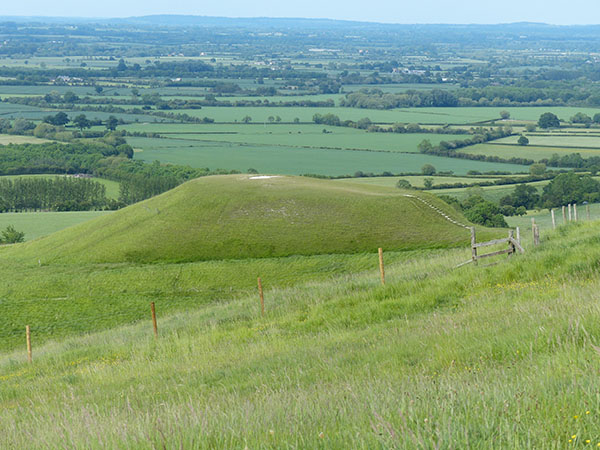
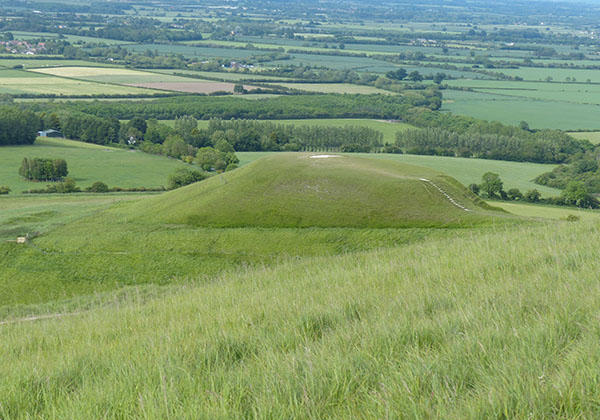
The views over the ridge got more impressive as I climbed the hill. The picture below shows The Giant's Stairs, an interesting stair-like feature of the hillside. It is thought that medieval farming has caused this to form in the manner it is.
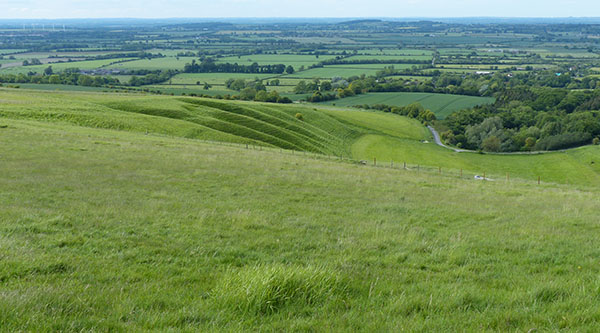
Finally, I arrived at the White Horse. The round circle in the photograph below is the eye of the horse, but it is difficult to make out the rest of it because of the way that the hill is formed with dips. It is not 100% sure that the figure is of a horse, but it is highly likely as other stylised horse figures appear to a similar design, and it may have been a mid-winter festival event related to the horse.

The white horse is said to come alive and grazes on the steep hillside below it, known as the Manger.
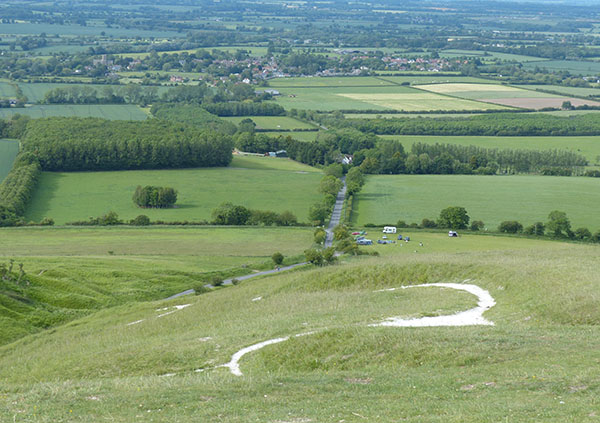
After visiting the chalk horse, I climbed further up the hill (though not much further) to discover Uffington Castle. This castle is an old hillfort with a ditch and bank. The Ordanance Marker is located here as well, and this point marks the top of the hill as the best castles were always at the top vantage point. It is possible that when the scouring of the horse (re-chalking) was completed, a festival was held here.

The ditch and bank of the Uffington Castle (hill fort) are well-preserved and can be seen from below to one side of the hill.
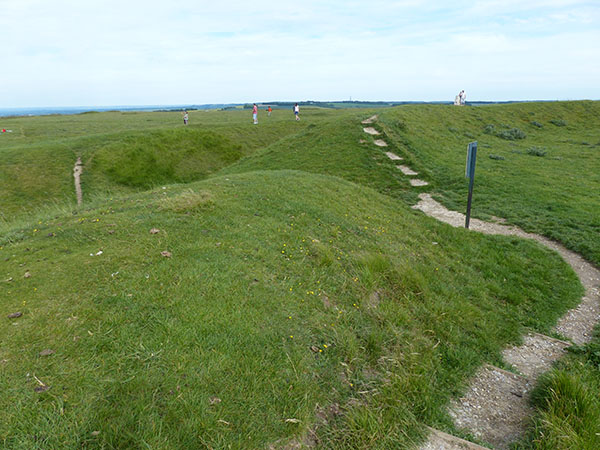
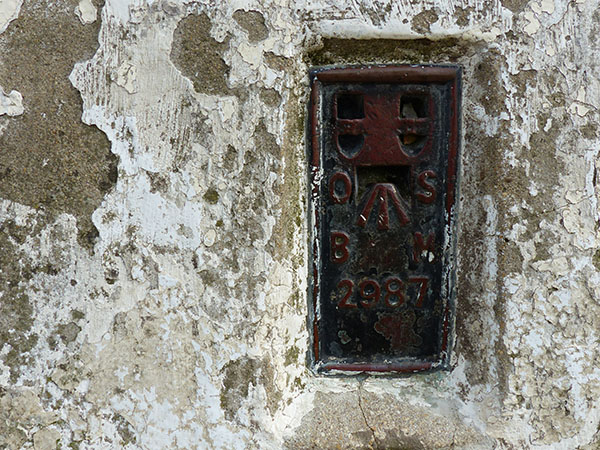
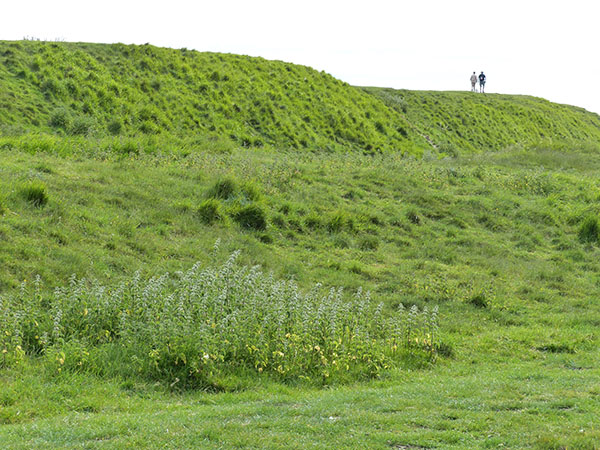
Visitors can walk along the castle and around the white horse, but be careful not to damage it as it is an offense to do so. When I visited, there were a group of people flying a kite near the castle, which had a great amount of wind from the top. So, try your luck at kite-flying if the weather is nice.
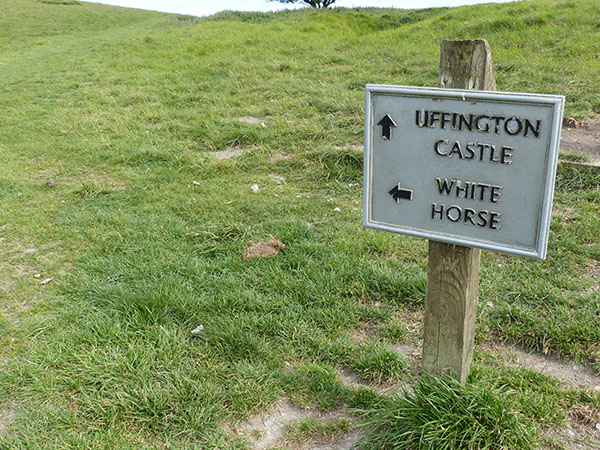
Below is a photograph of the span of Uffington Castle; this would have certainly been a very impressive structure in the Iron Age. Now, sheep graze on these fields.
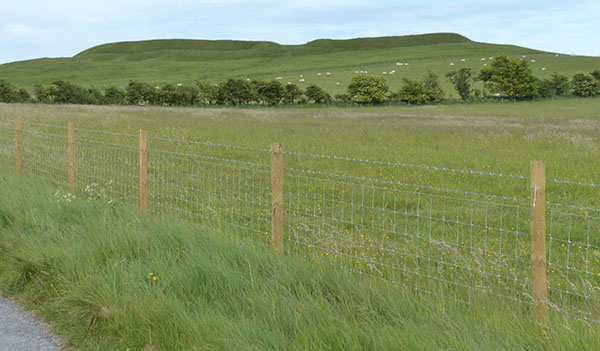
Below is the best photograph of the white horse that I could get from the ground. There is no better spot to get a clearer picture of the white horse, sadly. The only other way to get a photograph would be from the sky. Note that drones are not permitted to fly on this land.
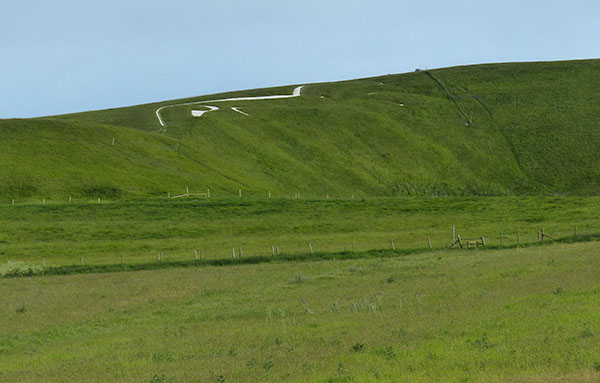
After visiting the Uffington White Horse and Uffington Castle, I walked to Wayland's Smithy. Wayland's Smithy is a long barrow, a type of prehistoric burial tomb made with mounds of earth and slabs of rock. These tombs are where the prehistoric people held bones of the dead. The one here is about a mile and a half from the main parking at the white horse. It is mainly a single track between fields that visitors can walk or cycle down, but cars are not permitted. Wayland's Smithy is sign-posted down here. It took me a little over an hour to walk to it and back again. Keep watching for my post with photographs of it. I walked alone, so it was a little eerie.
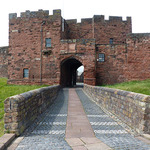
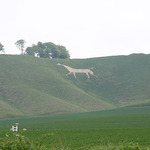
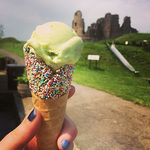
Leave a comment